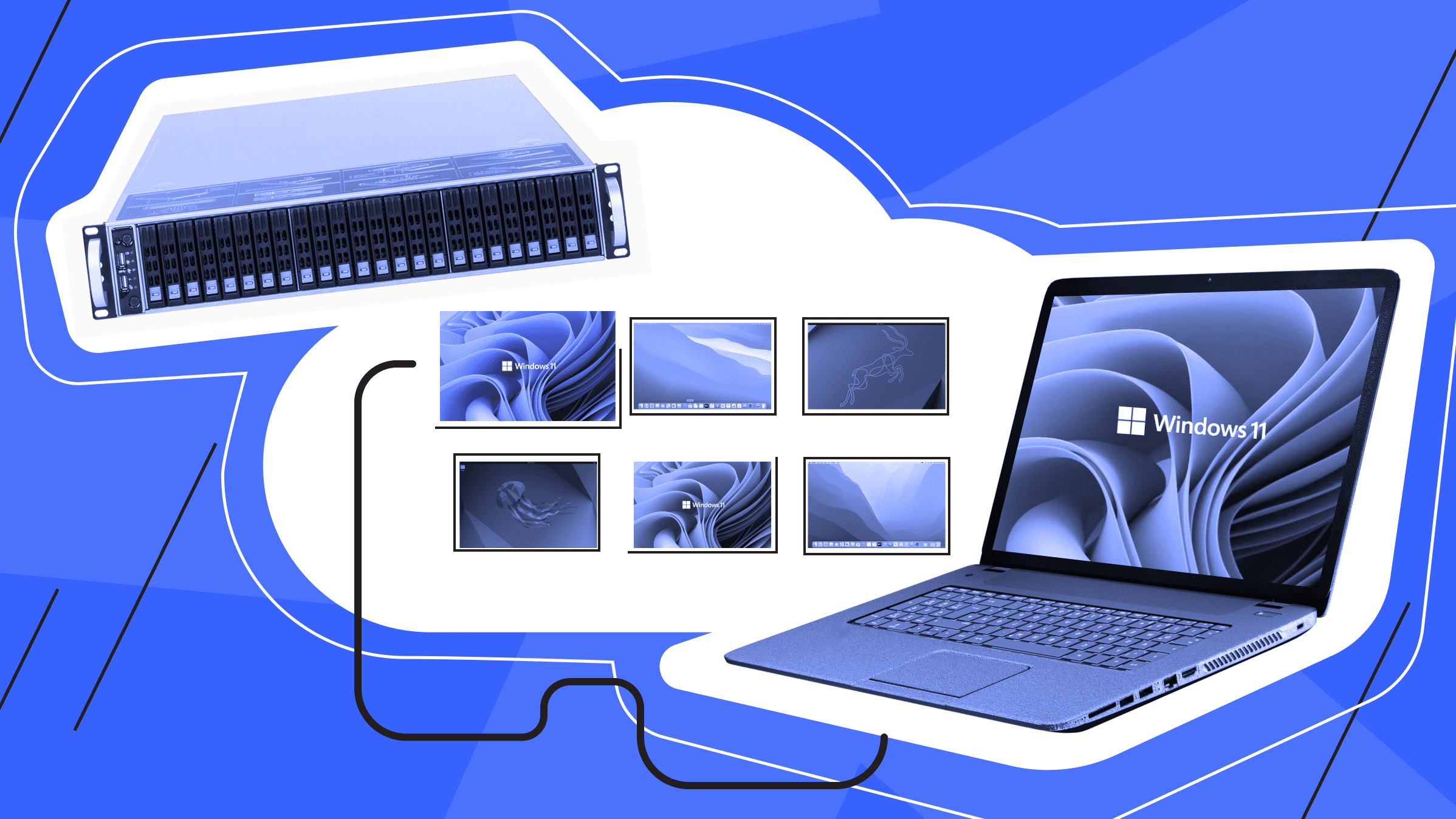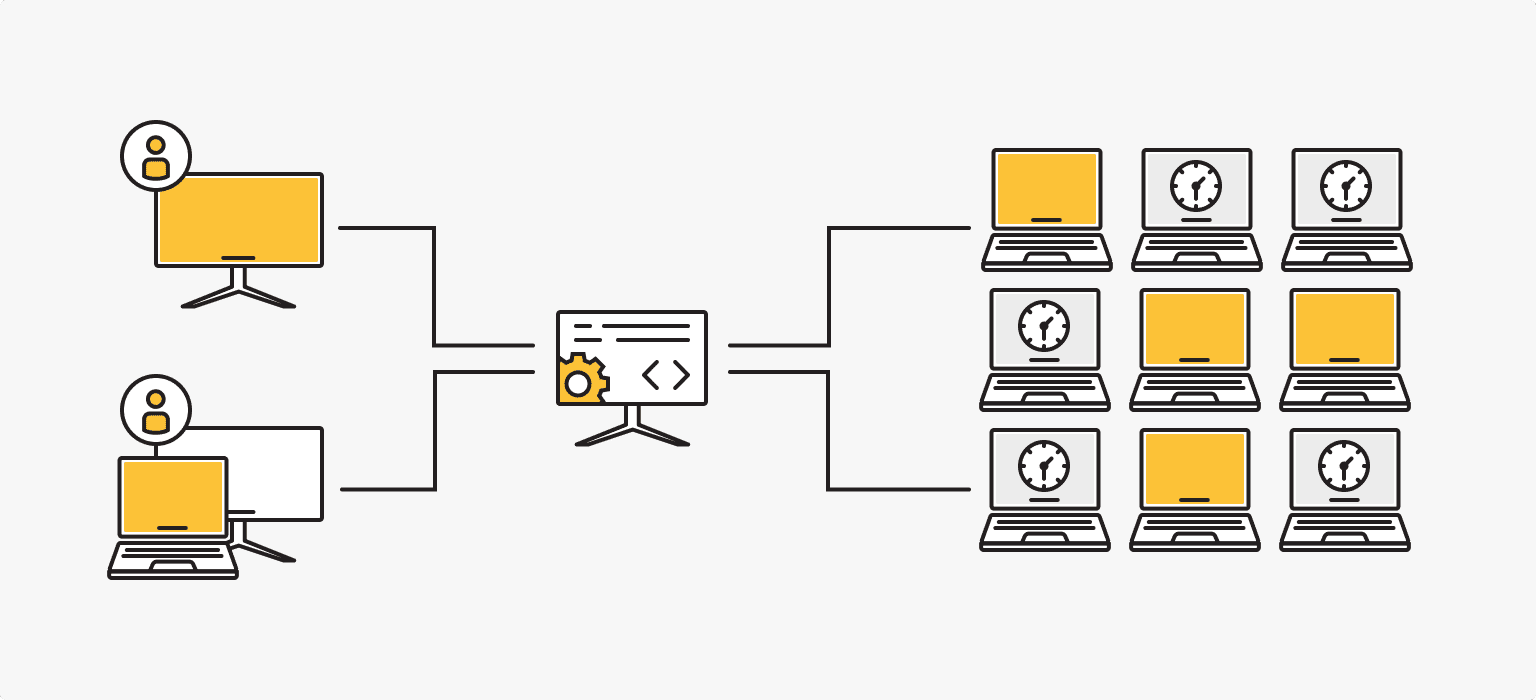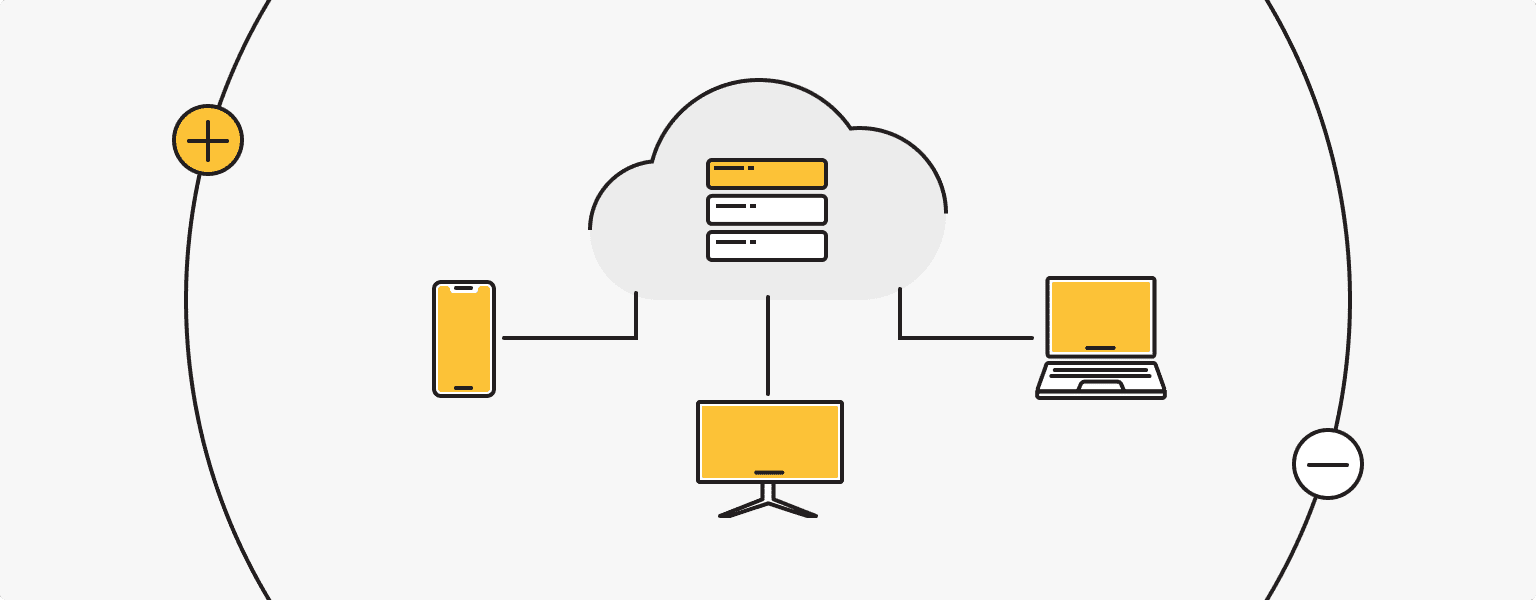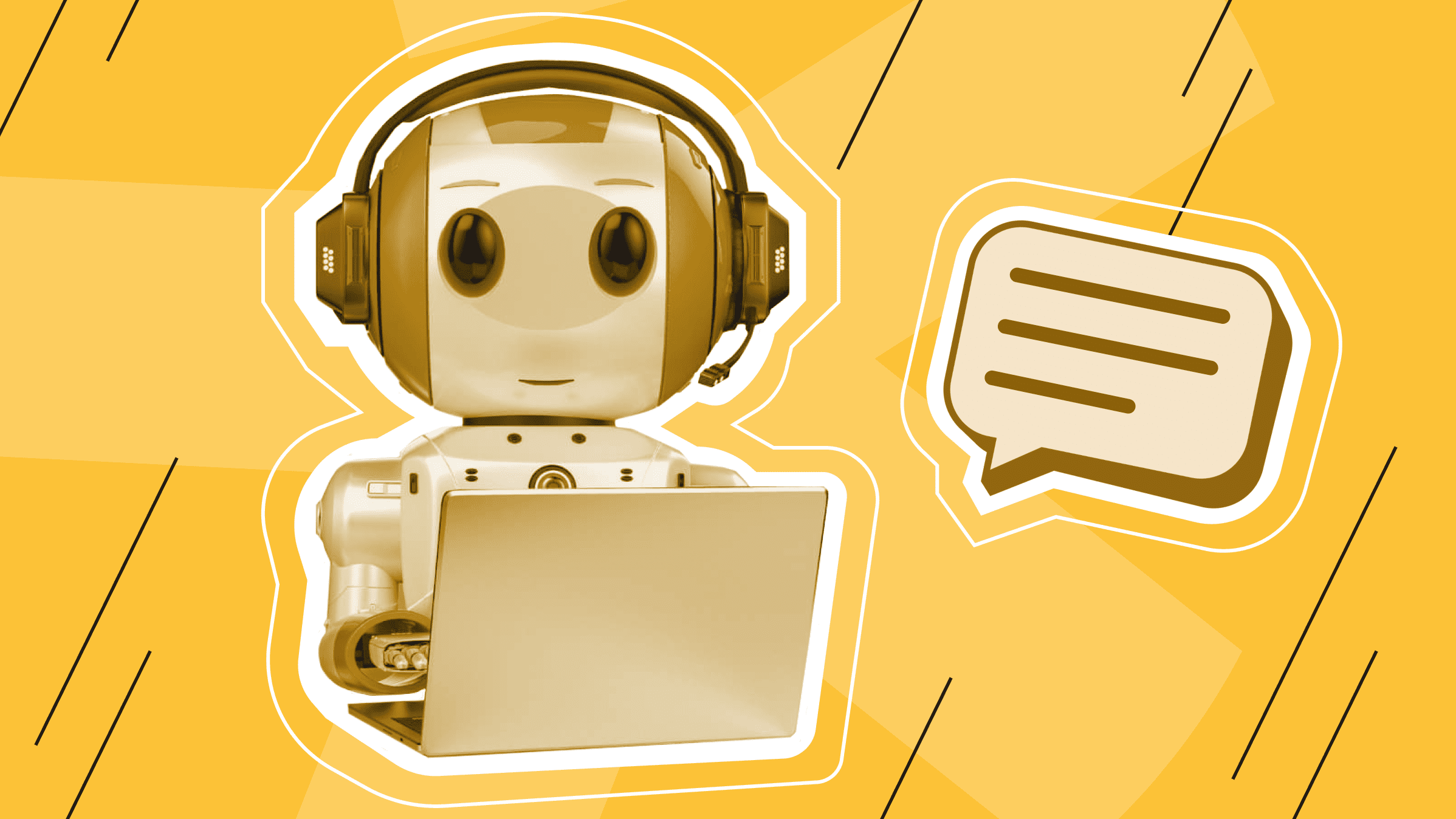
Is there a way to virtualize all or at least some of traditional desktops, save on PC maintenance, and improve security? With VDI, you can get even more benefits by giving your employees mobility. Let's find out whether Virtual Desktop Infrastructure technology is that beneficial.
What does VDI stand for?
Virtual Desktop Infrastructure, or VDI, allows organizations to centralize work in a virtual environment without being tied to physical desktops. The physical server is divided into several virtual machines, through which employees connect to the desktop. In this way, all data is not stored on local PCs, but on a central server.
Thanks to virtualization, employees can access their desktops from any device.
VDI involves protocols:
PC over Internet Protocol (PCoIP) is a remote display protocol;
The Remote Desktop Protocol (RDP) allows users to work remotely with a server;
Independent Computing Architecture (ICA) is used for an application server system.
How does VDI work and what is it used for?
Remote desktop infrastructure is used for mobile (remote) workers, for third-party access to the work environment, and for security.
The user connects from any device. After authentication, they are redirected to their desktop by the hypervisor. Schematically, the work of VDI can be represented as follows:

VDI requires virtual machines and a connection broker, and the creation of virtual desktops depends on their type.
VDI components
Through virtual machines (VMs), workers can connect to a remote server and therefore to their desktop. Each virtual machine can have its own operating system and a set of specific programs. A hypervisor is used to divide the host server into multiple VMs and give them access to memory and other server resources.
The hypervisor is software for physical hardware to work with virtual machines. It ensures that each virtual machine is efficiently provided with the necessary resources of a physical server.
The connection broker is used to authenticate users and give them access to virtual desktops.
The load balancer, which splits the workloads equally among several hosts, is also important. Sometimes the connection broker can perform this function.
The VDI components include the server itself, which will become the "center" of the entire architecture, and the physical machines through which employees connect to virtual desktops. By the way, a sufficiently powerful computer can act as a server. Instead of traditional PCs, you can use special equipment that supports data transfer protocols (RDP, ICA, PCoIP). They don't store anything and don't perform calculations, but only broadcast the desktop from the server.
Dedicated Server
The ideal solution for large-scale projects. Impeccable protection, high performance and flexible settings.
Persistent and non-persistent VDI

Administrators can create both persistent and non-persistent virtual desktops. The main criterion for choosing one or the other type of desktop is the need to save changes and install different applications for different users.
Persistent VDI is used when employees need their own virtual desks. Each time a user logs in, they get to their own desk, with all settings, programs, passwords, and other data needed for work.
This is convenient both for end users (customization and familiar desktop) and for administrators in terms of creating new desktops. The disadvantages of such VDI are high storage requirements. Also, each virtual desktop is different, so it may cause some difficulties.
Non-persistent VDI is easier to implement, because each time users log in, they get a universal desktop. This VDI doesn't give the ability for personalization and flexibility like persistent VDI, but is very easy to manage and requires less storage space.
Despite the lack of personal desktops, a mechanism for adding profiles, specialized programs, and other data can be realized in non-persistent VDI.
An administrator can create different pools of non-persistent desktops for different departments so that their employees have a specific set of desired programs.
Disadvantages and advantages of VDI

What will you get after implementing VDI?
- Simplified administration
All the desktops are managed from a single location - the server. If you need to add a new program, it is enough to do it in a centralized desktop image. During virtual desktop updates, employees' work won't be interrupted.
- Increased security
VDI allows organizations to improve security because all data and programs are stored only on the server. This reduces the risk of critical data theft and, if the physical PC is damaged, data can be easily recovered.
- Saving on equipment maintenance
VDI distributes the workload and computing power to a central server, so the cost of maintaining expensive, powerful hardware can be reduced.
- Increased mobility
Employees can connect to virtual desktops from any device and anywhere in the world, so with VDI you will get increased mobility. And there's no loss of productivity.
- Better scalability
Creating a new virtual desktop, adding a new program or application to each desktop, and other VDI operations don't take too much time.
- Advantages of server technology
For VDI implementation, you can also use cloud technology. Today, hosting providers offer full server maintenance, automatic backup, and 24/7 technical support.
Among the negative experiences of VDI implementation, there are:
- Additional expenses for maintaining the central server and data storage of each virtual workspace;
- Increased complexity of the business infrastructure and, as a result, the need to hire specialists to work with the virtual environment;
- Licensing that is a necessary part of VDI infrastructure implementation (software licenses, workstation or server with a certain OS, etc.);
- Dependence on the Internet. Lack of stable connection deprives employees of workspace.
VDI vs RDS vs Desktop Virtualization vs Virtual Machines vs DaaS

All of these terms are similar, but still have differences. So, we have already figured out what VDI is.
Desktop Virtualization is the separation of the workspace from physical hardware. VDI is one of the types of Desktop Virtualization. However, it is also possible to transfer desktops through virtualization with RDS.
RDS (Remote Desktop Services) is a service for connecting to a shared desktop running on a shared remote server. This service is similar to VDI, but loses in several points: users share server resources instead of having their own VMs; users use a single operating system and the same set of programs; the ability to perform various tasks is limited.
Virtual Machines are part of the VDI implementation and are needed to separate a physical server into several virtual ones using a hypervisor. Briefly, it is possible to create a VM without a VDI (for example, to run some programs), but it is not possible to create a VDI infrastructure without virtual machines.
DaaS - Desktop as a Service - is a cloud solution that differs from VDI in terms of management rights and central server location. With VDI, you place the server in a traditional data center, manage your own hardware, security, and network, and invest in the infrastructure. With DaaS, the service provider is responsible for the management and hosting, and you need to pay only for each month of use.
How to implement VDI?
During planning, an important step is to calculate the cost and loss of switching to VDI. It may be unprofitable for your organization to change the way employees work now.
It is necessary to calculate in advance the required amount of resources. You need to choose the server configuration so that it can handle not only the current loads, but also possible peak periods. It's also better to consider the option of expanding the server infrastructure in the future.
Network bandwidth must be "ready" for the transition to VDI, as it can affect the final performance of virtual desktops and employee productivity.
Tell your employees about the innovations, train them, and test VDI technology. A trial period is available from similar service providers, during which you'll see whether you've allocated the right resources and how your employees handle it.
Personal VPN
Stay anonymous online with a dedicated IP and don't endanger your personal data.
Get $5.00/mo

